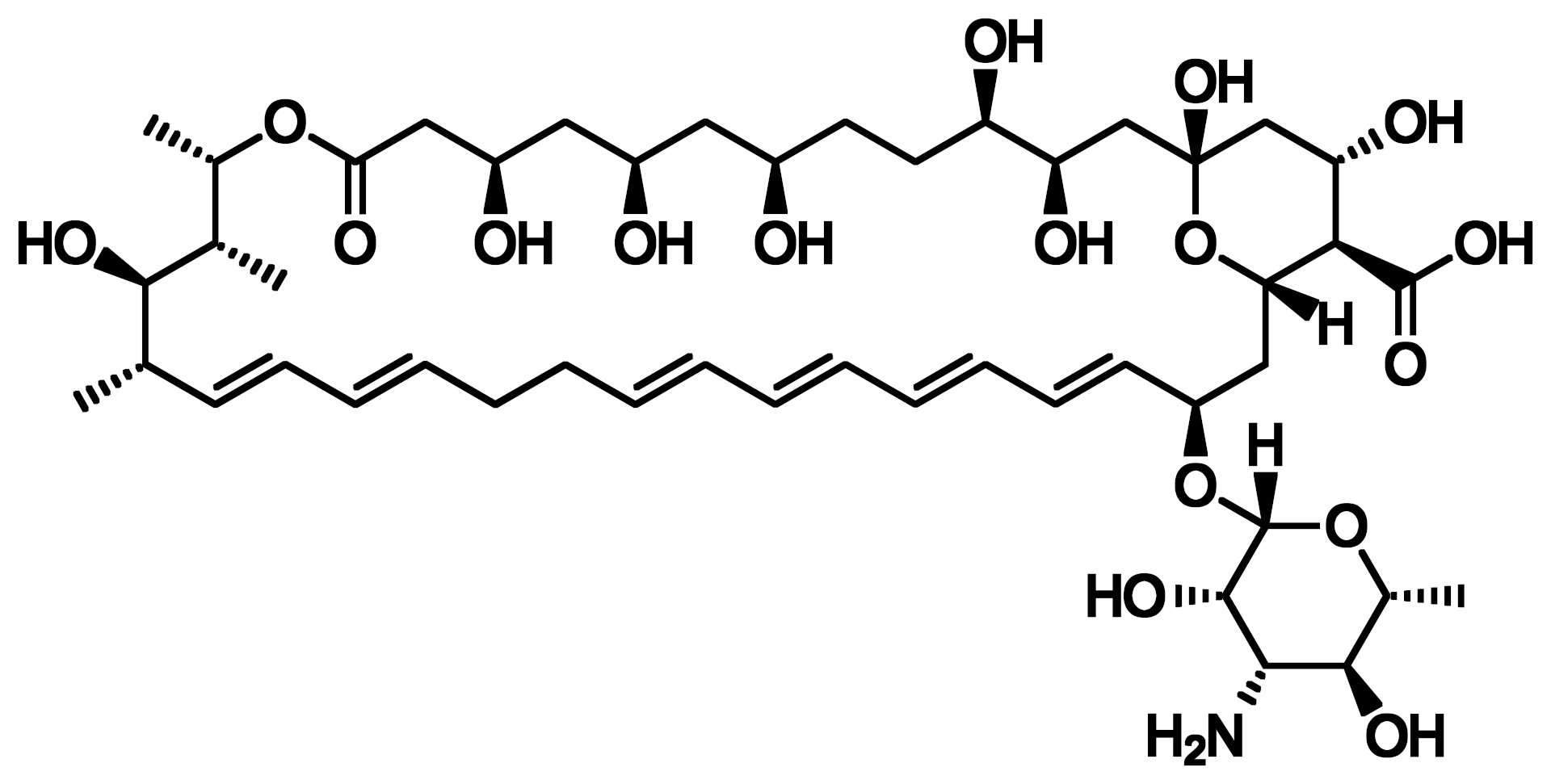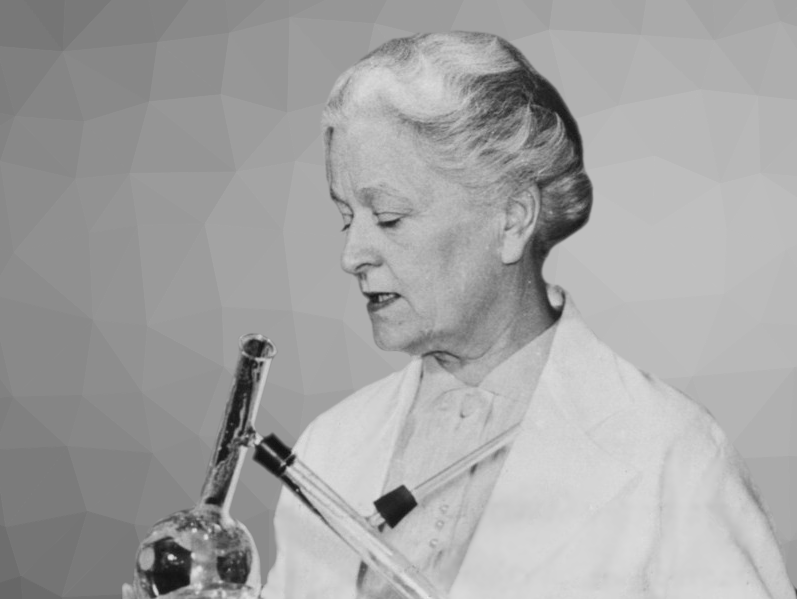Rachel Fuller Brown (1898 – 1980) was an American chemist best known for the development of the first antifungal antibiotic that was safe to use, i.e., nystatin, together with Elizabeth Lee Hazen.
Life & Career
Rachel Fuller Brown was born on November 23, 1898, in Springfield, MA, USA [1–4]. Her family did not have a lot of money, but thanks to a friend of her grandmother’s paying her tuition, she was able to attend college. She studied art history and chemistry at Mount Holyoke College, South Hadley, MA, USA, starting in 1916 and received her B.A. degree there in 1920. She then moved to the University of Chicago, IL, USA, where she completed an M.S. degree in organic chemistry in 1921.
After her master’s degree, Brown taught at the Frances Shimer School in Chicago for three years and then returned to the University of Chicago to obtain a Ph.D. She completed her doctoral research in 1926 and received her Ph.D. in organic chemistry and bacteriology in 1933. Starting in 1926, she worked as a researcher at the New York State Health Department’s Division of Laboratories and Research in Albany, NY, USA. In 1951, Brown was promoted to Associate Biochemist. She remained at the Division of Laboratories and Research until her retirement in 1968.
Brown received many awards and honors, including the Squibb Award in Chemotherapy in 1955, the Distinguished Service Award of the New York Department of Health in 1968, the Rhoda Benham Award of the Medical Mycological Society of the Americas in 1972, and the American Institute of Chemists’ Chemical Pioneer Award in 1975, as well as honorary degrees from Hobart and William Smith Colleges, Geneva, NY, USA, and Mount Holyoke College. She was inducted into the U.S. National Inventors Hall of Fame in 1994 and elected a Fellow of the New York Academy of Sciences in 1957. Rachel Fuller Brown passed away on January 14, 1980.
The First Useful Antifungal Drug
In 1948, while working at the New York State Division of Laboratories and Research, Brown began collaborating with Elizabeth Lee Hazen, a microbiologist, to isolate the first antifungal medication for human use. Hazen worked in the New York City office of the division and Brown at the Albany headquarters, which led to a kind of long-distance research collaboration: Hazen cultivated microorganisms in soil and tested their antifungal activity. She then mailed promising samples in mason jars to Brown, who isolated the active compounds.
The two researchers found many samples that showed antifungal activity, but were highly toxic to animals and, thus, also deemed not safe for use in humans. After hundreds of samples, they finally found a suitable candidate, and in 1950, the team announced the discovery of nystatin (pictured below, named for the New York State laboratory), at the Autumn Meeting of the National Academy of Sciences.
Nystatin was the first antifungal antibiotic that was safe for human use. It is still used today to treat, e.g., Candida infections. The drug is on the World Health Organization’s List of Essential Medicines. Nystatin has also been used to prevent the spread of mold and fungi on works of art [5]. It works by disrupting the cell membrane of the fungus.

Nystatin was patented, but Brown and Hazen did not keep the money their discovery brought in. Instead, the royalties (over 13 million USD) were used to fund research, support training in the biomedical sciences, and encourage women to take up careers in science. Brown and Hazen continued their collaboration. They discovered two more antibiotics, phalmycin and capacidin [6,7], and worked together in the field of bacteriology.
Rachel Fuller Brown is the answer to Guess the Chemist (144).
References
[1] Rachel Fuller Brown: Biographical Note, Mount Holyoke College Archives and Special Collections, asteria.fivecolleges.edu. (archived version accessed December 4, 2023)
[2] Elizabeth Lee Hazen and Rachel Fuller Brown, Science History Institute, www.sciencehistory.org. (accessed December 4, 2023)
[3] Rachel Fuller Brown, Mount Holyoke College, www.mtholyoke.edu. (archived version accessed December 4, 2023)
[4] Funding Women in Science for More Than 40 Years, Alumnae Association of Mount Holyoke College, alumnae.mtholyoke.edu. (accessed December 4, 2023)
[5] Art: Long After the Flood, TIME Magazine, August 13, 1973.
[6] R. Brown, E. L. Hazen, Phalamycin, an antibacterial agent produced by a Streptomyces noursei variant, Antibiot. Chemother. 1958, 8, 819–821.
[7] R. Brown, E. L. Hazen, Capacidin, a new member of the polyene group, Antibiot. Chemother. 1960, 10, 702–708.



